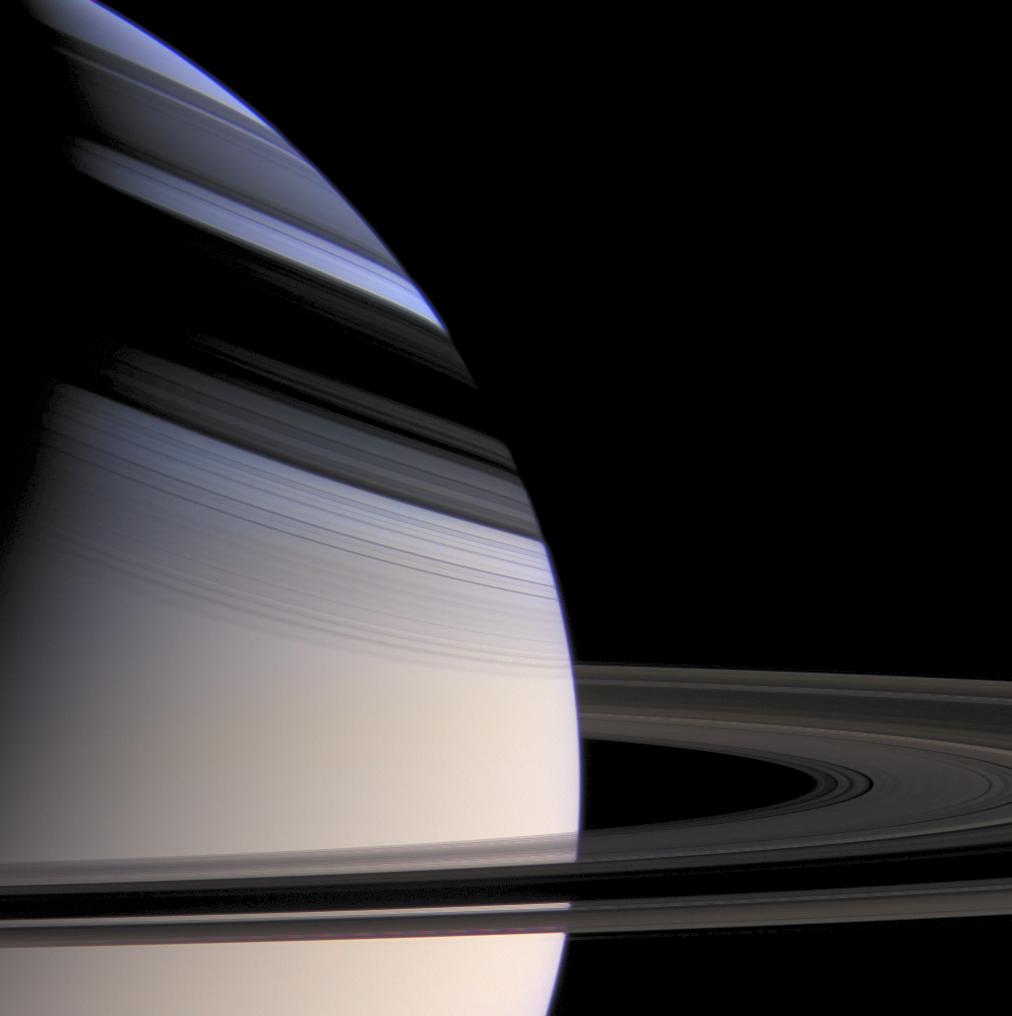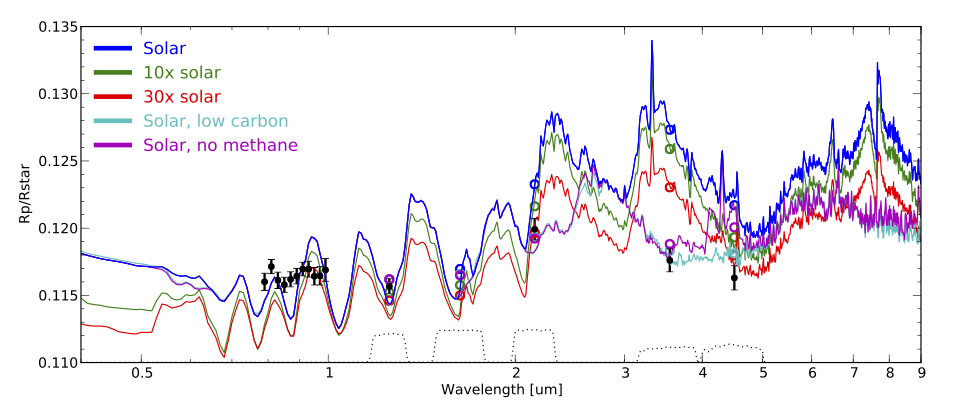
by Caroline Morley | Apr 27, 2011 | Daily Paper Summaries
Given the possibility that extrasolar planetary rings could be discovered in the Kepler data, this paper investigates what types of ring systems could physically exist around planets with semi-major axes of 1 AU or less. Could rings exist so close to the host star? How might these ring systems look like ones in our own solar system? How would the rings be different? What could a ring detection tell us about the exoplanet?

by Caroline Morley | Apr 13, 2011 | Daily Paper Summaries
In this paper, the authors attempt to characterize the composition of the atmosphere of the super-Earth GJ 1214b.

by Caroline Morley | Mar 30, 2011 | Daily Paper Summaries
The authors consider a possible signature of an intelligent, spacefaring life form, more technologically advanced than ourselves: they consider the effects that significant asteroid mining would have on a debris disk and determine whether these effects would be observable.

by Caroline Morley | Mar 15, 2011 | Daily Paper Summaries
The Kepler mission is hot right now, having just released it’s largest data set ever last month. One of the main aims of Kepler is to get statistics on exoplanets. How rare are they? Which stars have the most planets? What sized planets are most common? How far away are they from their host star? In the latest paper to be published by the Kepler Science Team, Howard et al. attempt to begin to answer some of these questions by analyzing the trends in the published data.
by Caroline Morley | Mar 1, 2011 | Daily Paper Summaries
Planetary modelers have been particularly puzzled by some of the latest observations of the only multi-planet system that has been directly imaged so far, HR 8799. The photometry of the HR 8799 planets showed that these planets look much redder in color than can be explained by the classic brown dwarf models, suggesting a need for thick iron or silicate cloud layers in exoplanetary atmospheres.




